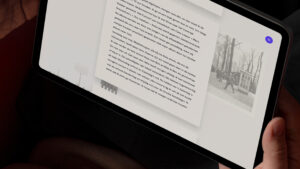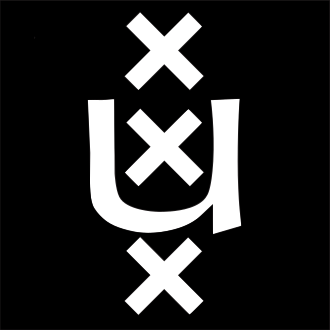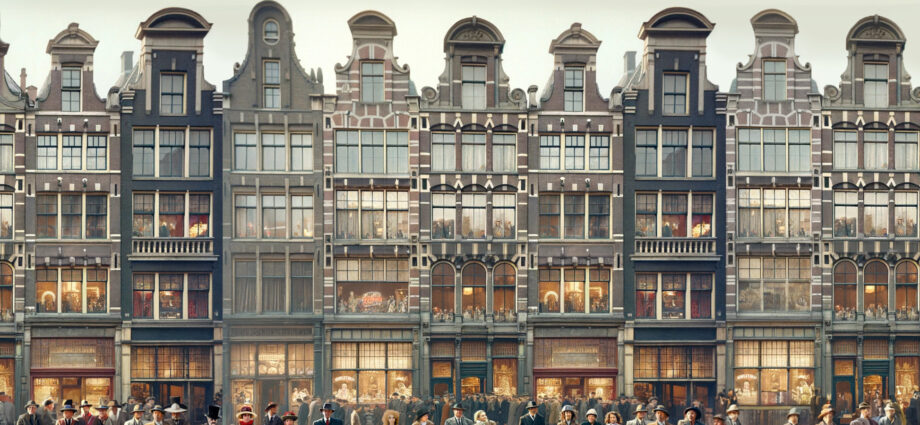Amsterdam Diaries Time Machine
The first version
The Amsterdam Diaries Time Machine Project is the first public application of the Amsterdam Time Machine. It was created in the context of Amsterdam Diaries research projects ((a.k.a. Memories of Amsterdam)) of researchers Marleen Rensen (UvA) and Babs Boter (VU). The Amsterdam Diaries Time Machine website presents specific fragments of six diaries of women living in Amsterdam during World War II.
The selection of diaries was already freely digitally available online through the Memory of the Netherlands website in Delpher of the National Library and came from different heritage institutions in Amsterdam (Verzetsmuseum, Atria, Joods Historisch Museum). Students transcribed the diaries by using Transkribus, a tool for handwritten text recognition. Additionally text snippets were selected in each diary to mark persons, places, organisations and dates. As Linked Data these marked entities were connected to external data sets as Wikidata (persons) and Adamlink (locations), thus making it possible to connect the readers of the diaries directly to the original sources on the level of sentences. As an example of how to visualise and connect the different diaries online, one general theme that often occurs in all diaries, has been made visible. In this case: food (eating & drinking). Furthermore the diaries are presented in a visual context with photographs from Amsterdam during World War II, available as Linked Data from the City Archives of Amsterdam, and with (sometimes unknown) personal photo’s of family and relatives of the diary owners. Also short biographies are added. 
The launch
The website that has been launched on the 4th of May 2024 in the Municipal Archives in Amsterdam is a prototype, available in Dutch only. It shows some of the possibilities of working with Linked Data to open up personal stories to enrich historical sources in (Dutch) museums, archives and libraries. It serves as a source of inspiration to other heritage institutions – and maybe in future also the general public. We aim to develop partnerships to extend the website in future with new diaries, other themes and more linked data resources.
The mobile version
Today we also have released a mobile version of the Diaries Website. So it is now also possible to browse the website on your mobile device. https://diaries.amsterdamtimemachine.nl/
The website was created in close cooperation with creative partner Total Design. The project was funded by the Network Digital Heritage (NDE) and the Mondriaan Fund.
Lees ook:
- Amsterdam Memories project (winter 2023)
- Amsterdam Memories en Diaries in het nieuws: radio – website NDE (voorjaar 2024)
- Amsterdam Diaries vernieuwd en verbeterd (najaar 2024)

